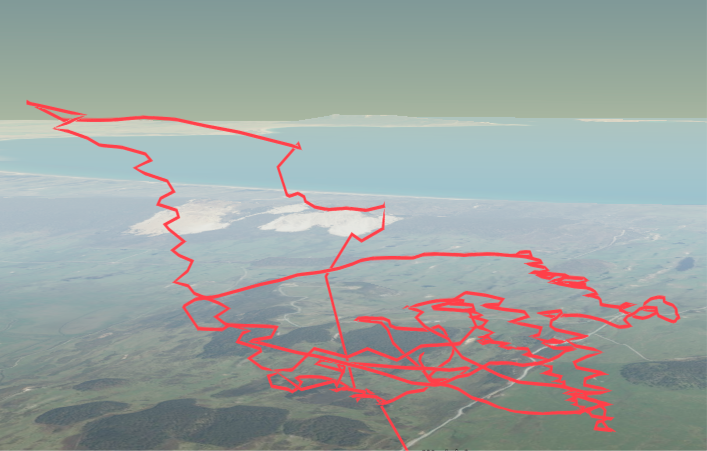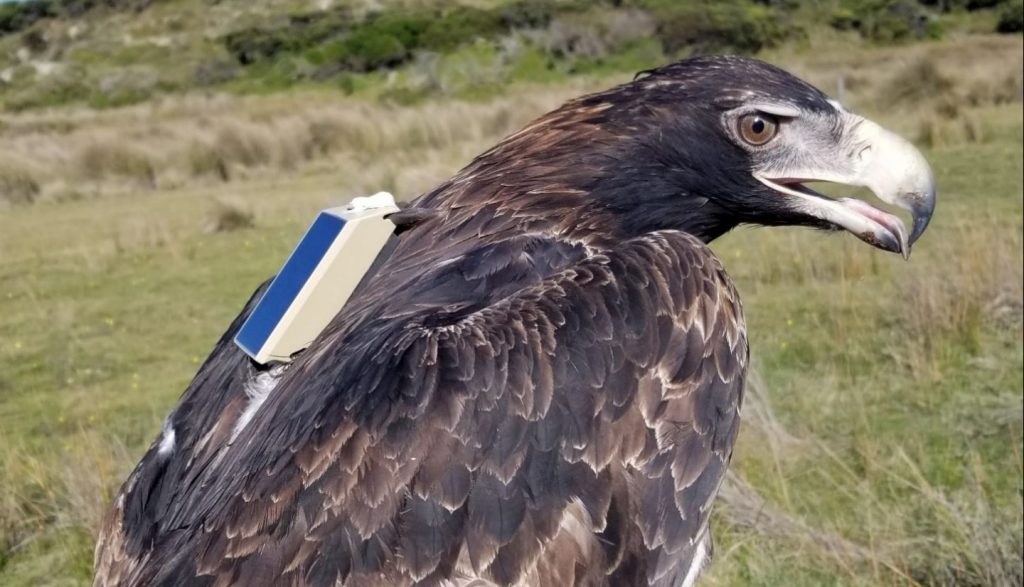Most of what we know about the habitat requirements for Tasmania’s Wedge-tailed Eagle comes from research done at nesting sites and in human-modified landscapes. However, the first research project approved under Round One of the Wedge-tailed Eagle Research Fund will be looking into the unknown; how adult Tasmanian Wedge-tailed Eagles use areas of reserved land and wilderness.
With little information available on how eagles interact with their surroundings in Tasmania’s reserve and wilderness areas, the data gathered by this project will provide valuable insights into eagle behaviour, will help researchers better understand the value of these areas to Tasmania’s eagle population and will yield the first data of habitat use in areas of reserved land – such as Tasmania’s Wilderness World Heritage Area.
Five adult eagles will be fitted with GPS transmitters, which will make use of the mobile phone data-network to transmit data. This allows the transmitters to collect a much higher frequency of information, and can capture a level of detail that includes the location, altitude, speed, and direction of flying birds.

Visualisation of a single 40-minute flight carried out by an adult Wedge-tailed Eagle in northeast Tasmania. The GPS transmitter collected a GPS fix every 6 seconds to clearly record the different types of flight behaviour and the corresponding locations and altitudes.
Led by Dr James Pay and Professor Elissa Cameron from the University of Tasmania, the information gathered from this project will be combined with data from other GPS-tracked eagles across Tasmania to provide a state-wide understanding of how eagles are using the landscape and how their behaviour varies based on landscape type, land use, and habitat type. Researchers will use this large dataset to develop models that can predict where eagles are likely to perform specific behaviours – such as perching, short flights, long flights, roosting, nesting.
The Wedge-tailed Eagle Fund has been established as an offset requirement for the Cattle Hill Wind Farm. The fund supports high quality ecological or other relevant scientific research on Tasmania’s Wedge-tailed Eagles, the results of which will assist with the management and protection of the sub-species.
Funding for this project will cover the equipment, lab analyses, and field expenses associated with GPS-tracking. Funds will also cover data transmission costs for three years and allow for any field work required for the continued monitoring of the GPS-tracked eagles over this period (e.g. field trips to visually check the eagles and re-trap the eagles if field observations suggest a welfare issue, such as poisoning).
Images in this article supplied by Dr James Pay, as part of a project funded by Woolnorth Renewables.
